Frank Fontificates
Frank quotes a NY Times article about Microsoft’s new default font called Aptos, which sends Frank down a rabbit hole involving the beginning of PostScript type and the Arial/Helvetica situation.
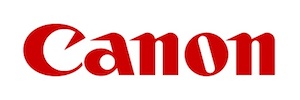 Official camera partner of WhatTheyThink and the drupa daily. Video from drupa 2024
Official camera partner of WhatTheyThink and the drupa daily. Video from drupa 2024
Video Center
- June 2024 Inkjet Installation Roundup
- Inkjet for corrugated and more: HP launches the T700i
- Printheads and inkjet integration programs from Xaar
- 2024 Inkjet Integrator Profiles: C-marx
- Finding the coolest of the cool at drupa
- Inkjet printheads and the evolution of print quality
- Koenig & Bauer developing inkjet for metal
- Carbon Black and Inkjet – Part 3: Options

WhatTheyThink is the official show daily media partner of drupa 2024. drupa Event Coverage | drupa daily programs
© 2024 WhatTheyThink. All Rights Reserved.





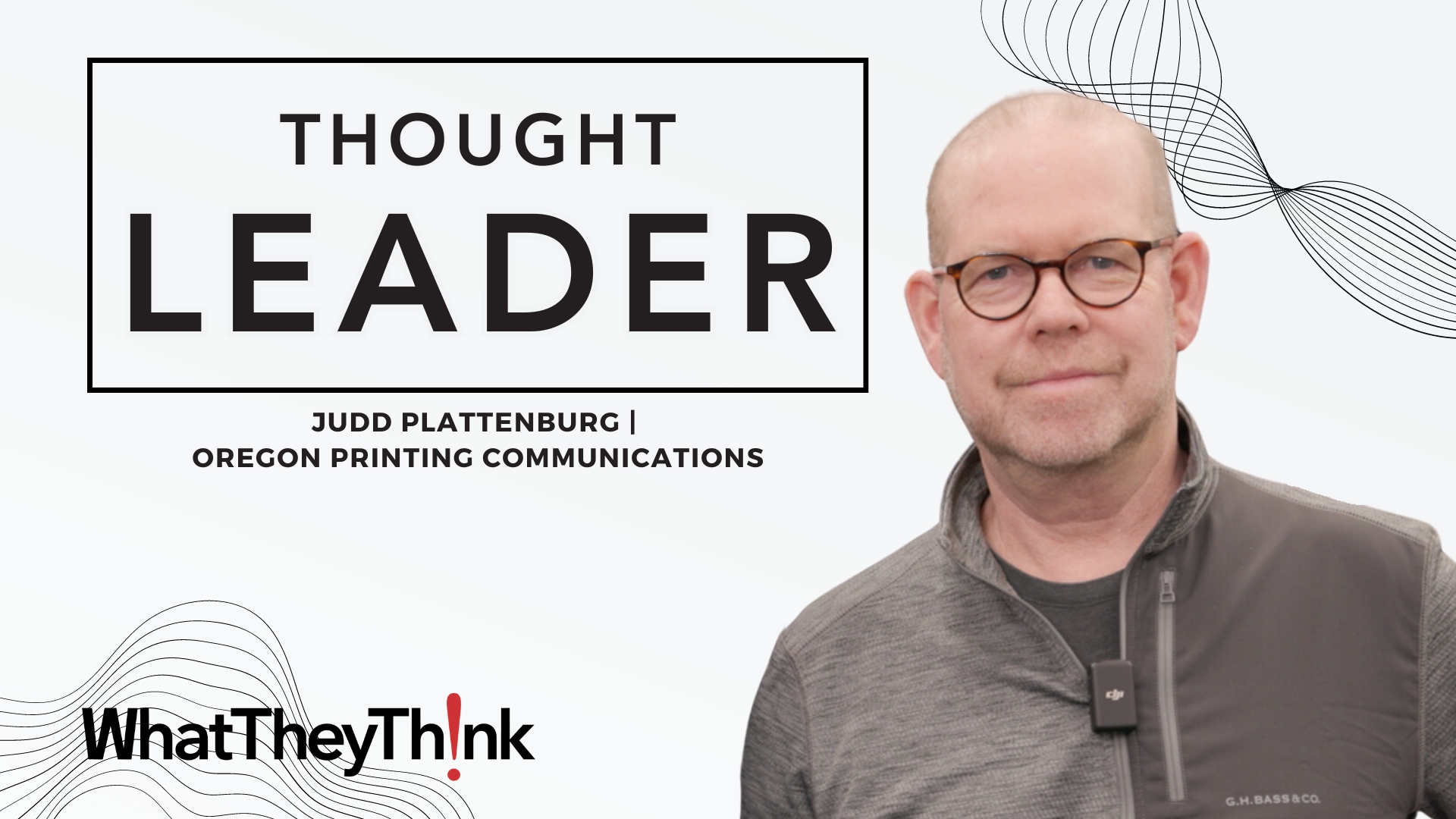
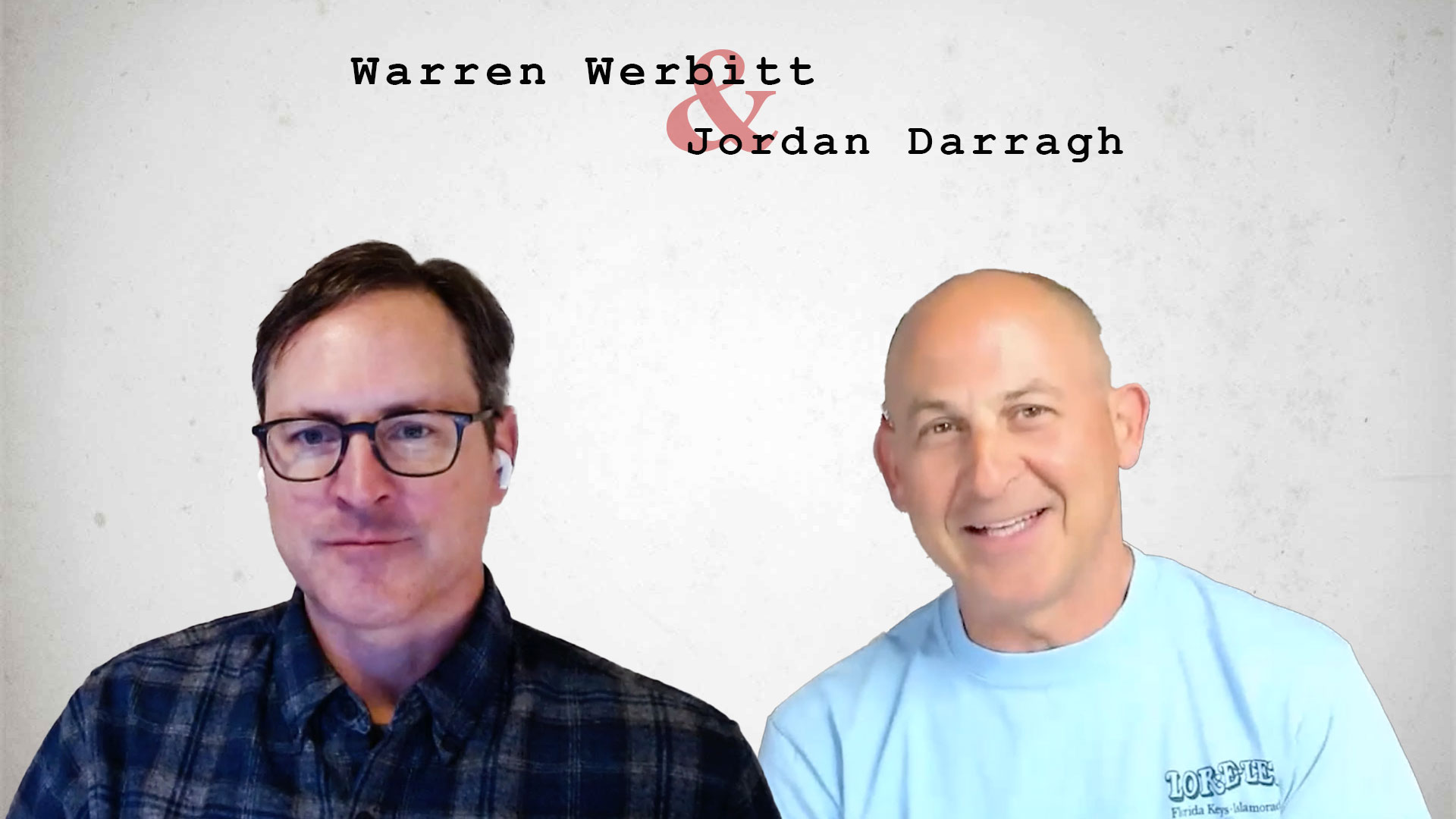


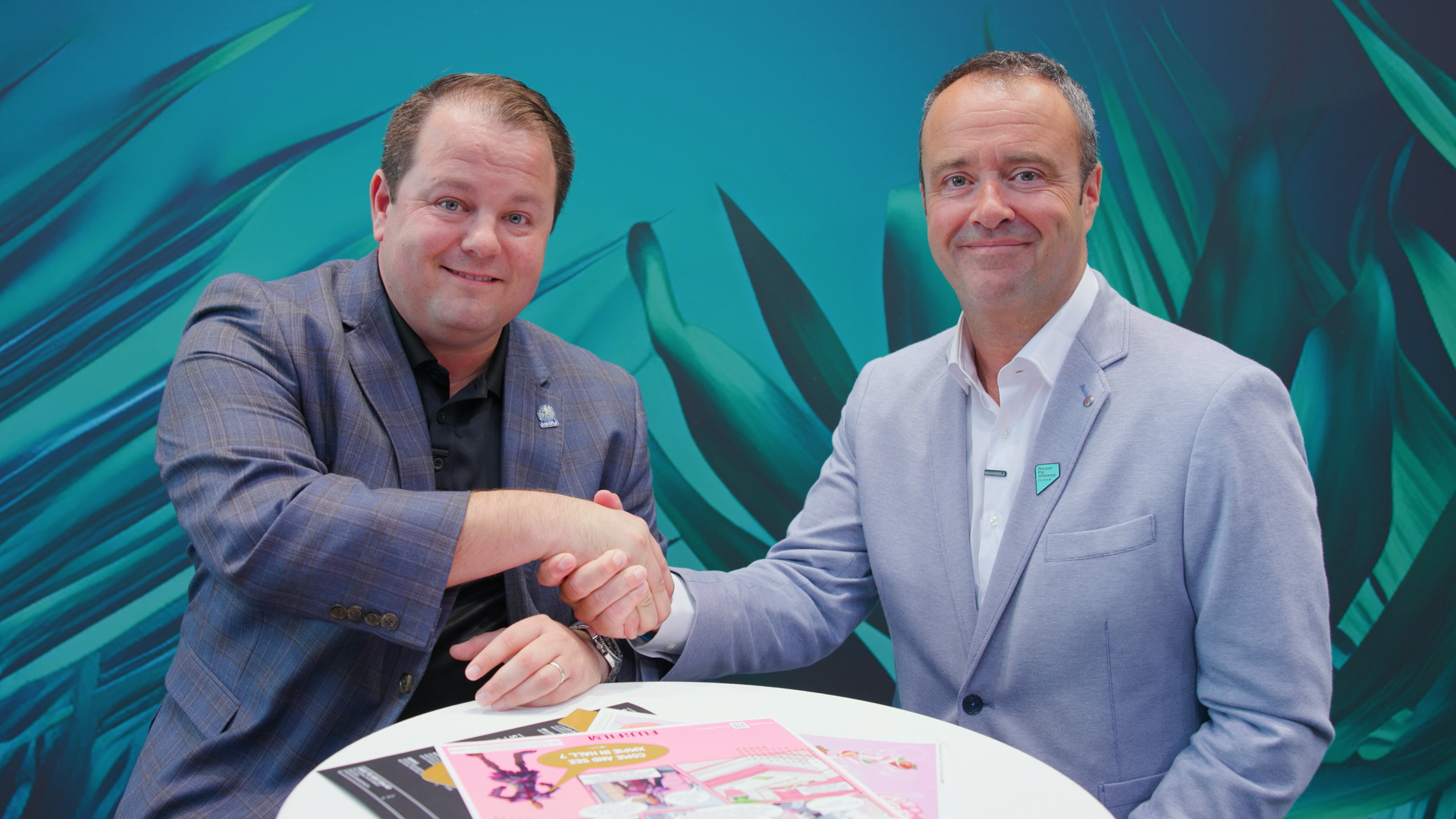

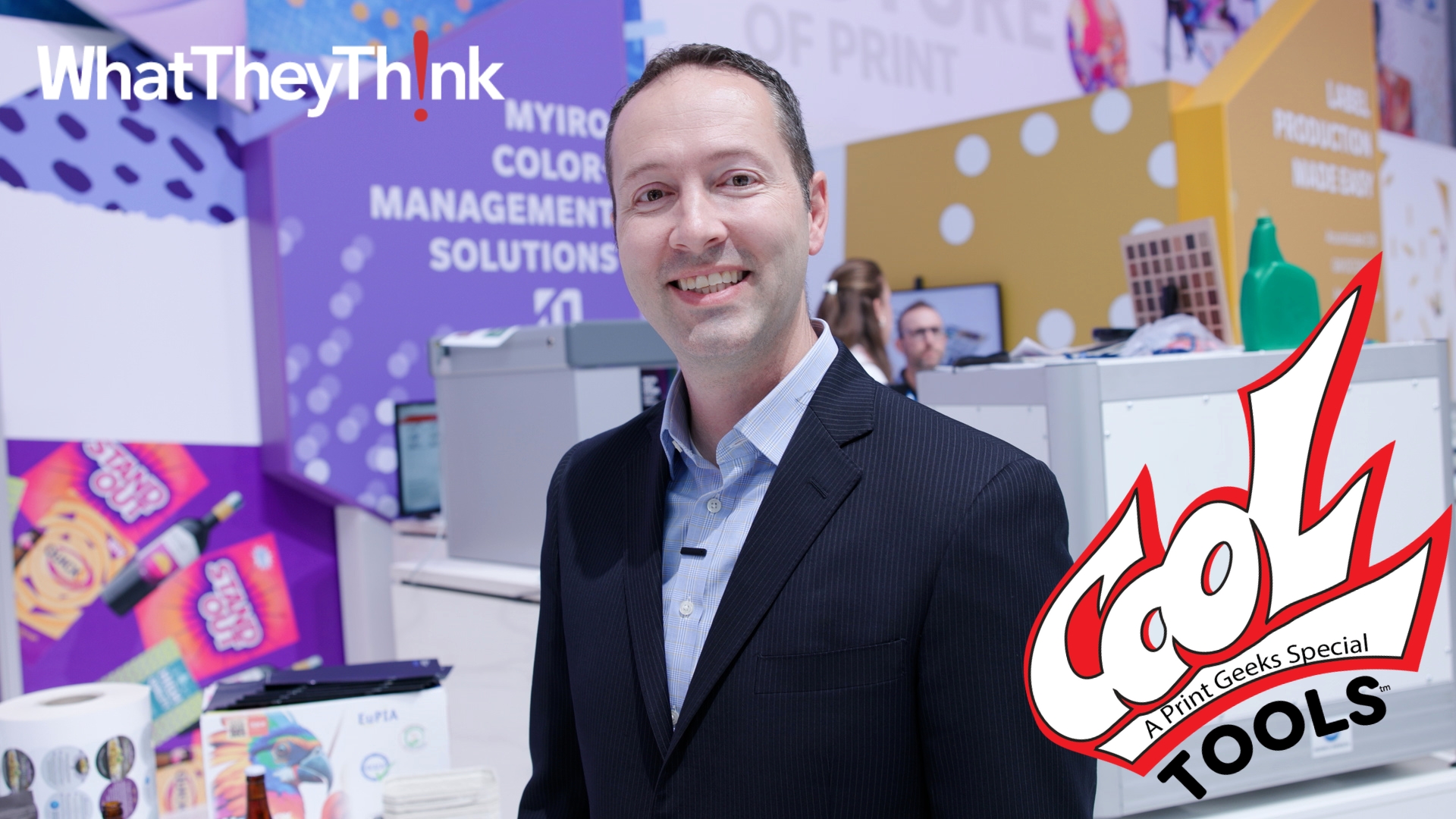
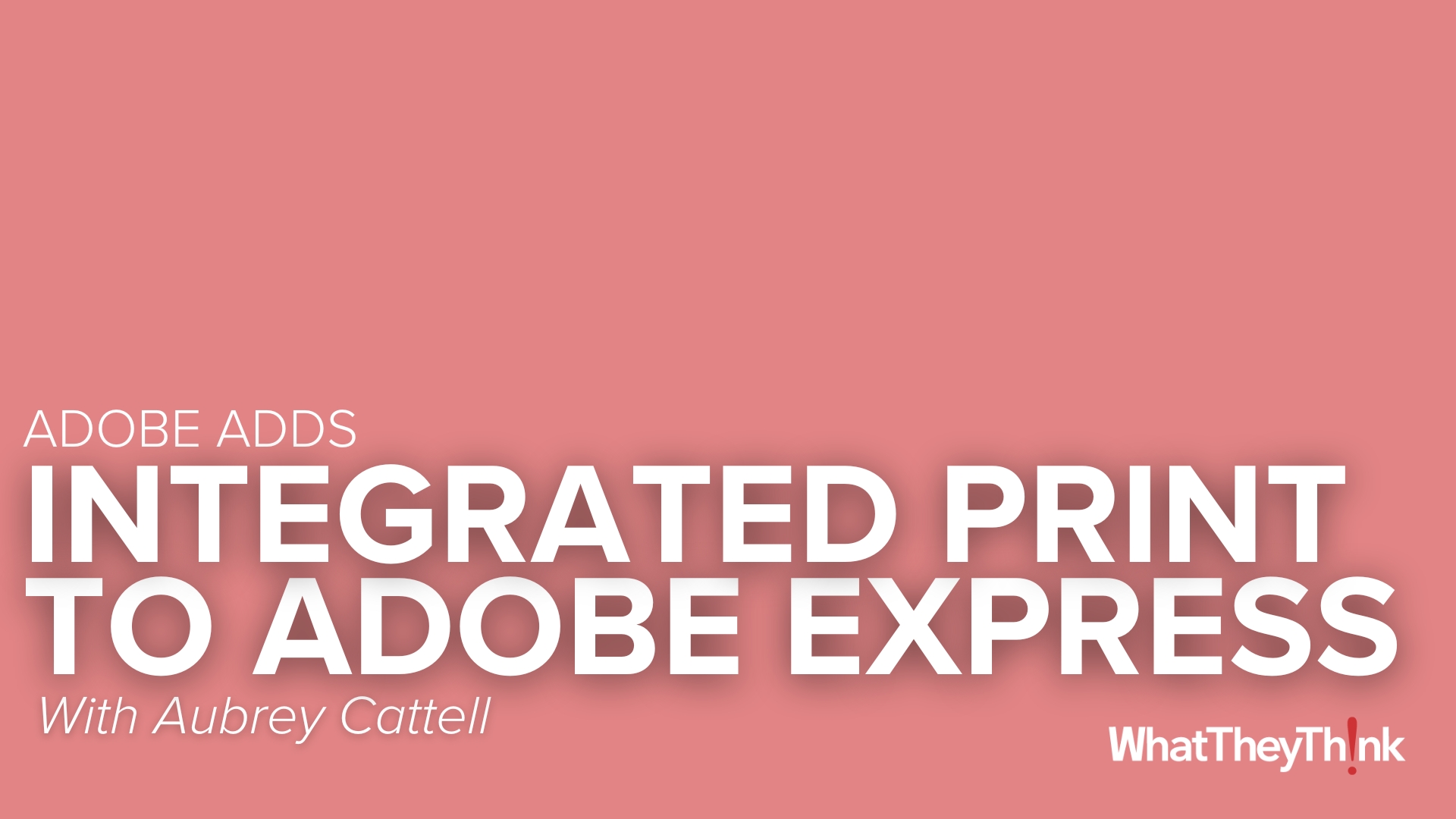

Discussion
By Dov Isaacs on Mar 15, 2024
A few observations:
(1) The first PostScript printer was NOT the Apple LaserWriter. Actually, the first PostScript product to ship was the QMS800 which used the same Canon CX 300dpi engine.
(2) There are a number of significant issues with Microsoft's introduction of the Aptos type family:
The most important one was that it was shoved down the throat of existing Microsoft customers, not only for Word, Excel, and PowerPoint, but also for Outlook (for e-mail). Although existing Word, Excel, and PowerPoint documents using the “old” standard fonts (such as Calibri), new such documents would default to this new font with all styles. The problem is even worse for Outlook e-mails where in many cases, existing e-mails were reformatted with Aptos.
Whether one likes Aptos or not, there are a few exceptionally nasty incompatibilities between the Aptos and Calibri families:
Aptos Italic is really more of an oblique version of Aptos Regular. Calibri had real italic characters such as those for ‘a’ and ‘g’. If you like real italic styles, you will not be enthusiastic about the Aptos family.
Aptos has a very limited international character set compared to Calibri (or for that matter Arial).
Calibri Regular has 6954 glyph definitions. It supports the Latin, Cyrillic, Greek, Arabic, Hebrew, Armenian, Georgian, Bopomofo, Coptic and Lisu character sets plus an exceptional collection of ligatures, numeric forms, and special characters.
Aptos Regular has 1286 glyph definitions. It supports the Latin, Cyrillic, Greek, Arabic, Armenian, Bengali, Gujarati, Tamil, Khmer, and Coptic character sets. It has a much more limited set of ligatures and special characters.
In contrast, Arial Regular has 4503 glyph definitions.
The problem is that if you have existing content that is reformatted from Calibri (or Arial) to Aptos, you will not only have page reformatting (including different line endings), but you will lose some typographical features you either love or count on AND if you have multilingual documents (such as mixture of English and Hebrew, you may end up with missing glyphs or undesired substitutions depending upon the application you are using.
(Note that there are some obscure workarounds to revert to your previous standard fonts in Microsoft applications involving a number of adjustments to various settings in Office programs and/or replacing the default template documents.)
Aptos is in fact a well-designed font family (including OpenType Variable TrueType support), but it shouldn't be shoved down the throats of users, but offered as a new alternative family that users may choose to use.
- Dov
By Joe Treacy on Mar 18, 2024
Frank, it’s a significant change in many ways, a very well-drafted design, and it’s helpful to have a serif option in the Aptos family.
Since an estimated 1.2 billion people use MS Office, my questions are:
— Do today’s readers across various populations actually prefer neo-grotesque types over humanist designs?
— Why the move from a humanist design to a neo-grotesque, when humanist designs are generally seen as more legible at text sizes?
— Was there a legibility study done? With its more closed terminals such as on S, is Aptos actually still found to more legible than Calibri? Even in text sizes?
Having myself used Calibri a lot since it was introduced, my only complaint about it was that it sometimes looks a little ‘soft’ or ‘fat’ in all sizes.
— Instead of only comparing Calibri to the five other also very credible designs that were earlier discussed elsewhere over previous years, were there tests done simply sharpening Calibri’s corners, reducing its ‘softness’?
Thanks.
Joe Treacy
President & Director of Typography
Treacyfaces.com
Discussion
Join the discussion Sign In or Become a Member, doing so is simple and free